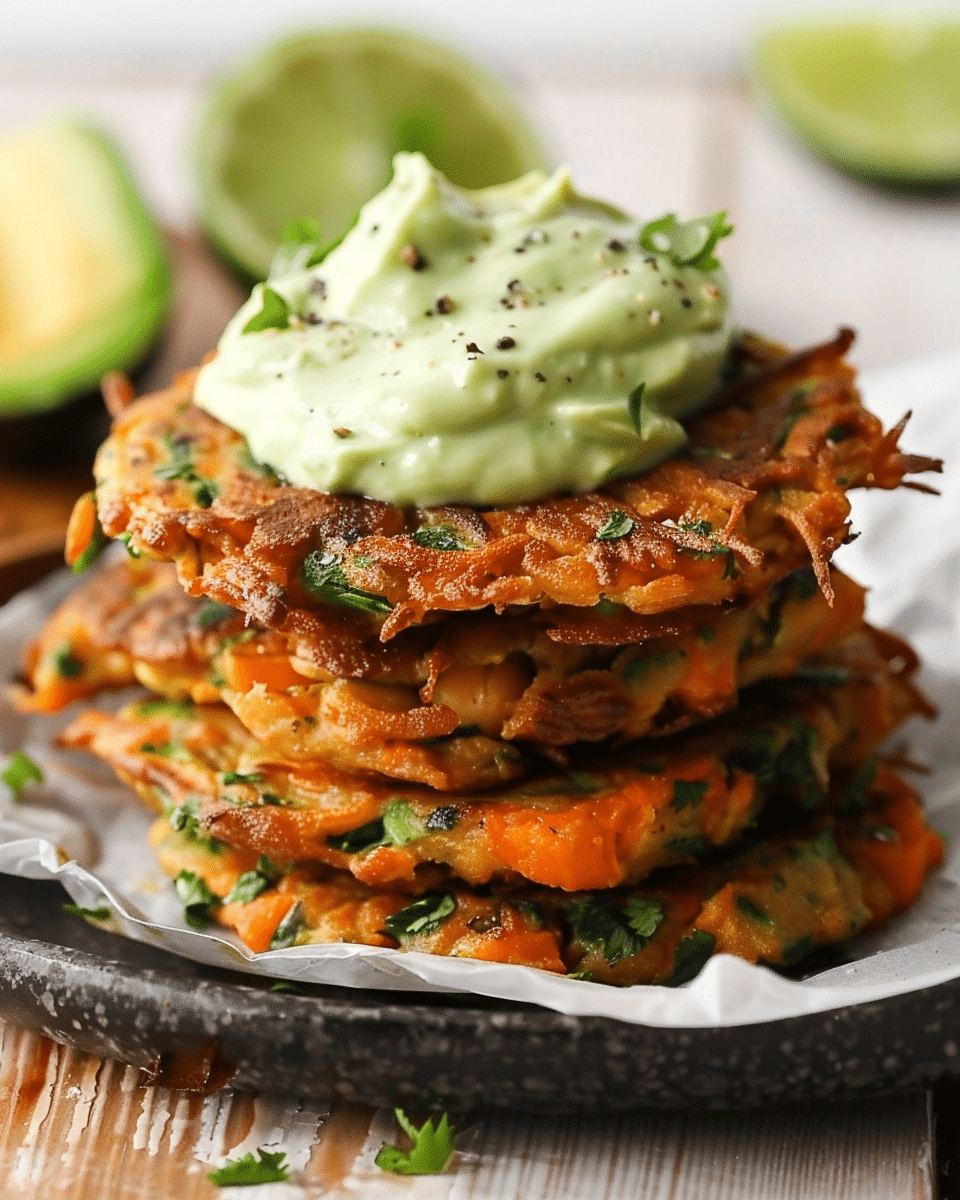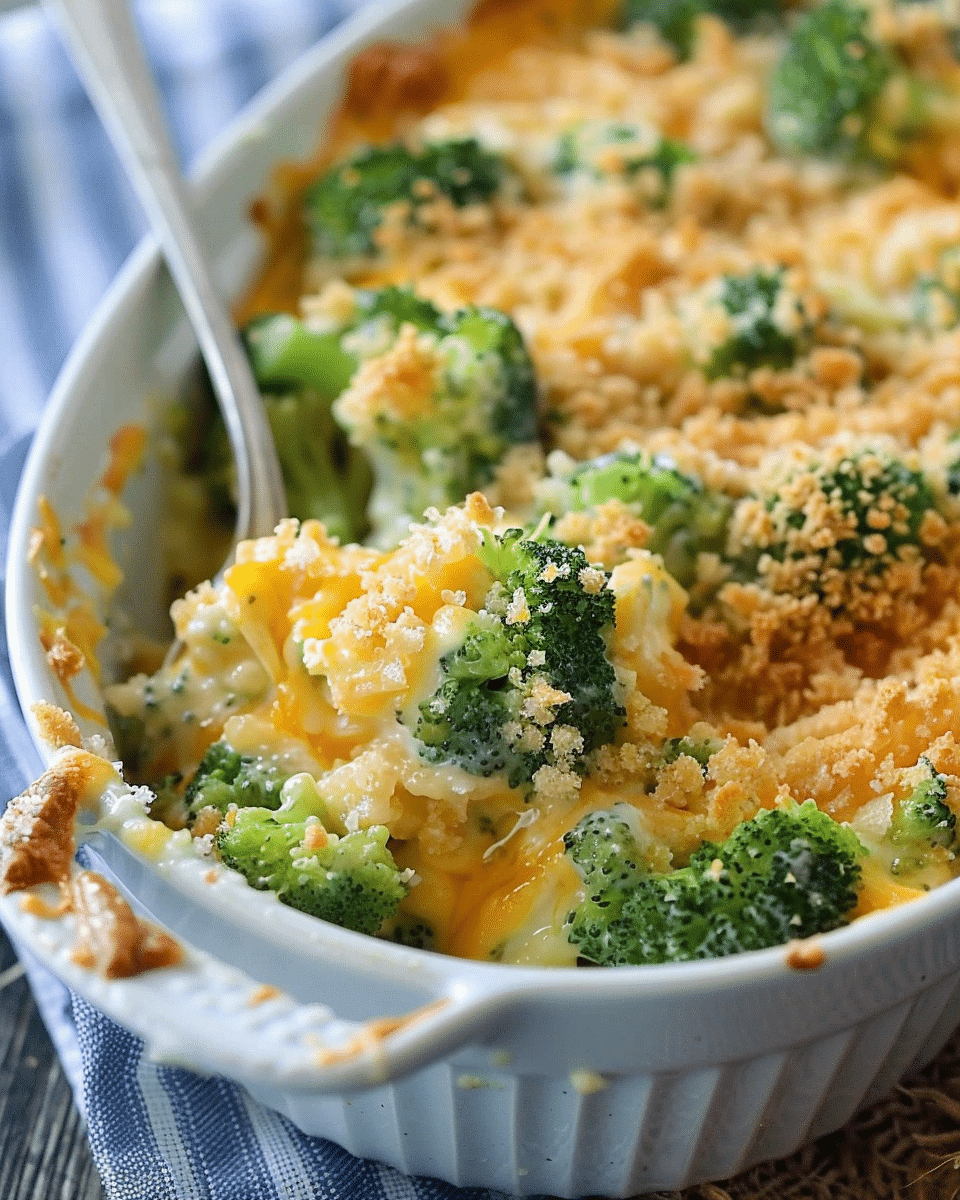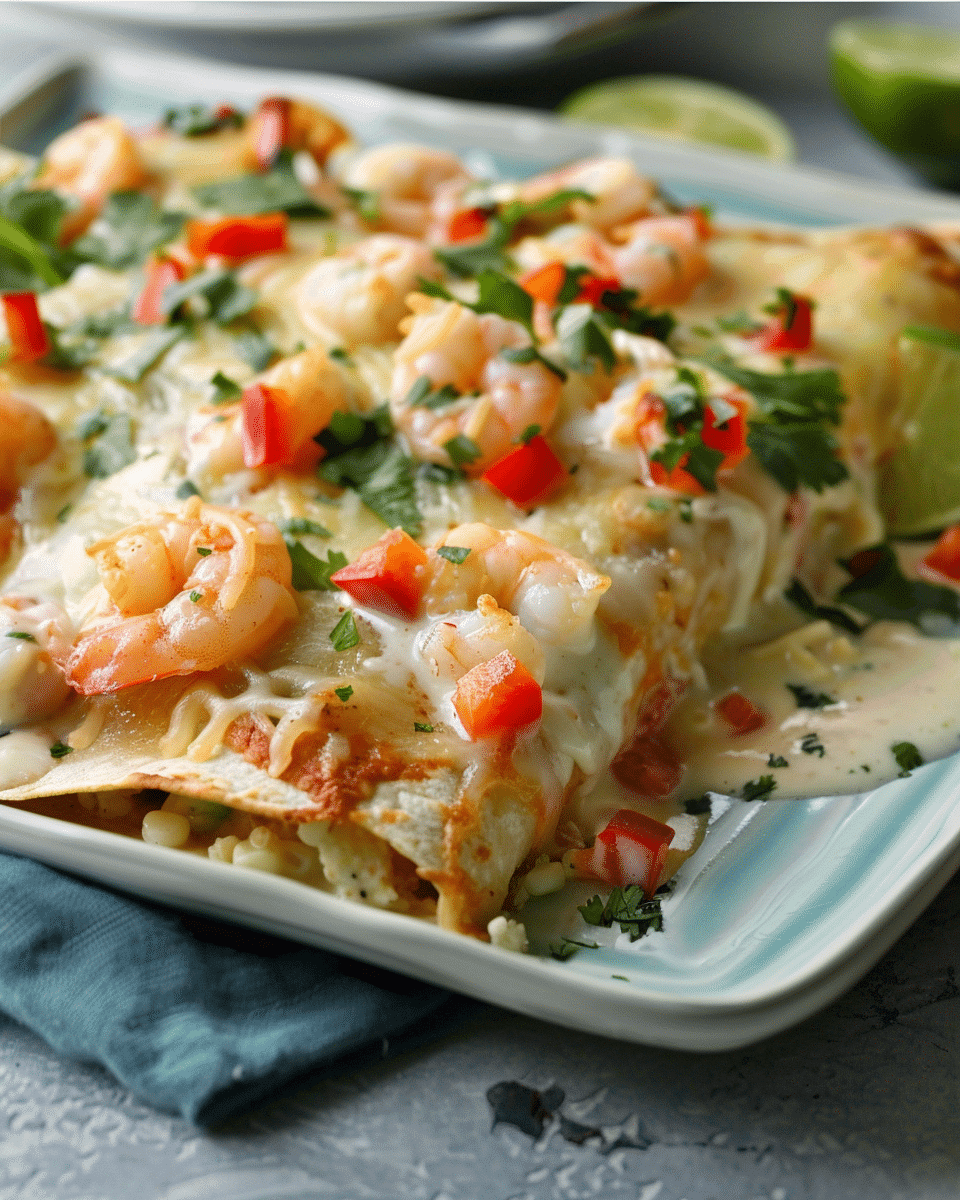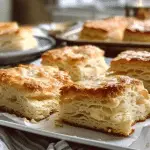Prime rib roast is a classic holiday dish that is sure to impress your guests. It is a cut of beef from the rib section that is known for its tenderness, juiciness, and rich flavor. If you’re looking to serve a show-stopping main course, a prime rib roast is an excellent choice.
When it comes to selecting the perfect prime rib, there are a few things to keep in mind. Look for a roast that has a good amount of marbling, which will ensure that it stays moist and flavorful during cooking. You’ll also want to consider the size of the roast, as well as the number of people you’ll be serving. A general rule of thumb is to plan for about 1 pound of meat per person.
Once you’ve selected your prime rib, it’s time to start preparing it. There are many different techniques and methods for cooking prime rib, ranging from slow roasting to high-heat searing. The key is to find a method that works best for you, based on your personal preferences and the equipment you have available. With a little bit of practice and some attention to detail, you can create a perfectly cooked prime rib roast that will be the highlight of your holiday meal.
Key Takeaways
- Select a prime rib with good marbling and plan for about 1 pound of meat per person.
- Choose a cooking technique that works best for you and your equipment.
- With practice and attention to detail, you can create a perfectly cooked prime rib roast that will impress your guests.
Table of contents
Selecting the Prime Rib
When it comes to selecting the perfect prime rib, there are a few things to consider. Here are some factors to keep in mind when choosing the right prime rib for your meal.
Grade of Beef
The grade of beef is a significant factor when selecting a prime rib. The USDA grades beef based on its marbling, or the amount of fat within the meat. The higher the grade, the more marbling and tenderness the meat will have. The most common grades for prime rib are USDA Prime and USDA Choice. USDA Prime is the highest grade and is typically the most expensive, while USDA Choice is a more affordable option that still offers good quality.
Bone-In vs Boneless
Another consideration when selecting a prime rib is whether to choose a bone-in or boneless cut. Bone-in prime ribs tend to be more flavorful and juicy, while boneless prime ribs are easier to carve and serve. Additionally, bone-in prime ribs take longer to cook than boneless cuts. Ultimately, the decision between bone-in and boneless comes down to personal preference and how you plan to serve the meat.
Size and Weight
Finally, it’s important to consider the size and weight of the prime rib when making your selection. A general rule of thumb is to plan for one pound of meat per person. However, this can vary depending on the appetites of your guests and whether you plan to serve additional sides. When selecting the size of your prime rib, keep in mind that larger cuts will take longer to cook and may require more preparation.
By taking these factors into consideration, you can select the perfect prime rib for your meal.
Preparation of Prime Rib
Preparing a prime rib roast can be intimidating, but with the right techniques and knowledge, you can achieve a perfect, juicy, and flavorful roast every time. Here are some essential steps to prepare a prime rib roast:
Trimming the Fat
Before cooking the prime rib roast, it is essential to trim the excess fat. The fat cap on the prime rib roast should be trimmed to about 1/4-inch for optimal flavor and texture. You can ask your butcher to trim the fat for you or do it yourself using a sharp knife. Removing the excess fat will prevent flare-ups during cooking and ensure a crispy and flavorful crust on the roast.
Seasoning Options
Seasoning is crucial when preparing a prime rib roast. You can season the roast with a simple blend of salt and pepper or experiment with various herbs and spices to enhance the flavor of the meat. Some popular seasoning options for prime rib include garlic, rosemary, thyme, and paprika. You can create a dry rub by mixing the spices and rubbing them all over the roast or create a paste by mixing the spices with olive oil or butter.
Marinating Methods
Marinating is another way to add flavor to your prime rib roast. However, marinating is not necessary for prime rib since the meat is already flavorful on its own. If you choose to marinate the roast, keep in mind that the marinade should not be too acidic since it can break down the meat fibers and make it tough. A simple marinade of olive oil, garlic, and herbs can add a subtle flavor to the roast. You can also inject the marinade directly into the meat for a more intense flavor.
In summary, trimming the fat, choosing the right seasoning, and marinating (if desired) are essential steps to prepare a prime rib roast. With these techniques, you can create a delicious and impressive dish that will impress your guests.
Cooking Techniques
Oven Roasting
Oven roasting is the most common method for cooking prime rib roast and is the best method for larger cuts. To oven roast, preheat your oven to 450°F and place the prime rib in a roasting pan with the fat cap facing up. Season with salt and pepper or your preferred seasoning. Roast the prime rib for 15 minutes at 450°F, then reduce the heat to 325°F. Continue roasting until the internal temperature reaches your desired doneness. Use a meat thermometer to check the internal temperature. Let the prime rib rest for 15 minutes before carving.
Sous Vide
Sous vide is a cooking technique that involves vacuum-sealing the prime rib and cooking it in a water bath at a precise temperature. This method ensures that the prime rib is cooked evenly and retains its moisture. To sous vide, season the prime rib with salt and pepper or your preferred seasoning. Vacuum-seal the prime rib and cook it in a water bath at 130°F for 4-6 hours, depending on the size of the prime rib. After cooking, sear the prime rib in a hot pan to create a crust.
Grilling
Grilling is a great option for those who want a smoky flavor in their prime rib roast. To grill, preheat your grill to high heat and season the prime rib with salt and pepper or your preferred seasoning. Sear the prime rib on all sides until it has a nice crust. Move the prime rib to the cooler side of the grill and continue cooking until the internal temperature reaches your desired doneness. Use a meat thermometer to check the internal temperature. Let the prime rib rest for 15 minutes before carving.
No matter which cooking technique you choose, make sure to let the prime rib rest before carving to allow the juices to redistribute evenly. Enjoy your delicious prime rib roast!
Cooking Temperatures and Times
Rare to Well-Done
Cooking a prime rib roast to perfection requires careful attention to temperature and time. The ideal cooking temperature for a prime rib roast is 450-500 degrees Fahrenheit. The cooking time for a prime rib roast varies depending on the size of the roast and the desired level of doneness. Here is a table of the recommended cooking times for a prime rib roast:
| Doneness | Internal Temperature | Cooking Time |
|---|---|---|
| Rare | 120-129°F | 10-15 min/lb |
| Medium Rare | 130-134°F | 15-20 min/lb |
| Medium | 135-144°F | 20-25 min/lb |
| Medium-Well | 145-155°F | 25-30 min/lb |
| Well-Done | 156°F and above | 30+ min/lb |
To achieve the perfect level of doneness, you should use a meat thermometer to check the internal temperature of the roast. Insert the thermometer into the thickest part of the roast, being careful not to touch the bone. Remove the roast from the oven when it reaches the desired temperature and let it rest before slicing.
Resting the Meat
Resting the meat after cooking is an important step to ensure that the juices are distributed evenly throughout the roast. Let the roast rest for at least 15 minutes before slicing. This allows the juices to redistribute, making the roast more tender and juicy. Cover the roast with foil to keep it warm while it rests.
In summary, cooking a prime rib roast to perfection requires careful attention to temperature and time. Use a meat thermometer to check the internal temperature of the roast and let it rest before slicing to ensure that the juices are distributed evenly throughout the roast.
Carving and Serving
Tools and Techniques
Carving a prime rib roast can be a daunting task, but with the right tools and techniques, it can be a breeze. Here are the essential tools you’ll need:
- A sharp carving knife: A sharp knife is crucial for a clean and easy cut. Make sure to hone your knife before carving.
- A carving fork: A carving fork will help stabilize the roast while you’re carving.
- Cutting board: A sturdy cutting board will give you a flat surface to work on.
- Kitchen towel: A kitchen towel will come in handy to wipe the knife and fork between cuts.
When it comes to carving the prime rib roast, it’s important to follow these techniques:
- Let it rest: Before carving, let the roast rest for at least 15 minutes. This allows the juices to redistribute, resulting in a juicier and more tender roast.
- Cut against the grain: When carving, make sure to cut against the grain. This will result in a more tender and flavorful slice.
- Slice evenly: Aim for even slices that are about 1/2 inch thick. This will ensure that everyone gets a fair share of the delicious meat.
Presentation Tips
Serving a prime rib roast can be a showstopper at any dinner party. Here are some tips to make it even more impressive:
- Serve it on a platter: A large platter is a great way to show off the beautiful roast. Make sure to garnish it with some fresh herbs for added color and flavor.
- Add some sides: Prime rib roast pairs well with a variety of sides, such as roasted vegetables, mashed potatoes, and Yorkshire pudding.
- Offer some sauces: While prime rib is delicious on its own, offering some sauces can take it to the next level. Horseradish sauce, au jus, and chimichurri are all great options.
By following these tips, you’ll be able to carve and serve a prime rib roast like a pro.
Side Dishes
When it comes to serving prime rib roast, the side dishes can make all the difference. Whether you prefer traditional pairings or innovative combinations, there are plenty of options to choose from.
Traditional Pairings
Some classic side dishes that pair well with prime rib roast include:
- Mashed Potatoes: Creamy and buttery mashed potatoes are a classic side dish that complements the rich flavor of prime rib roast.
- Roasted Vegetables: Roasted vegetables such as carrots, Brussels sprouts, and asparagus provide a colorful and flavorful addition to your meal.
- Yorkshire Pudding: This traditional English side dish is made from a batter of flour, eggs, and milk that is baked in the oven until puffy and golden brown.
Innovative Combinations
If you’re looking to mix things up, consider trying some of these innovative side dish combinations:
- Truffled Cauliflower Gratin: This dish combines cauliflower with truffled Pecorino cheese and drizzled with truffle oil, making it a decadent and flavorful side dish.
- Creamed Spinach: This rich and creamy side dish pairs well with roasted beef and adds a touch of elegance to your meal.
- Garlic Parmesan Green Beans: These green beans are tossed in garlic butter and topped with Parmesan cheese, making them a flavorful and easy side dish.
No matter which side dishes you choose, be sure to select ones that complement the flavors of the prime rib roast and add a touch of elegance to your meal.
Storing and Reheating Leftovers
After enjoying a delicious prime rib roast, you may have some leftovers to store and reheat for another meal. Here are some tips to keep your prime rib fresh and juicy:
Storing Leftovers
As soon as dinner is finished, wrap any leftover prime rib tightly in plastic wrap and refrigerate or freeze. While it’s best the next day, leftover prime rib is good for between five and seven days in the fridge or up to six months in the freezer.
To store your prime rib properly, follow these steps:
- Let the prime rib cool down to room temperature before storing it.
- Wrap the prime rib tightly in plastic wrap or aluminum foil.
- Place the wrapped prime rib in an airtight container or a freezer-safe bag.
- Label the container or bag with the date and contents.
- Store the container or bag in the fridge or freezer.
Reheating Leftovers
When it’s time to reheat your prime rib, you want to make sure it stays juicy and tender. Here’s how:
- Preheat your oven to 325 degrees Fahrenheit.
- Remove the prime rib from the fridge and let it sit at room temperature for 30 minutes.
- Place the leftover prime rib in an oven-safe dish and cover it with foil.
- Bake the prime rib for 15-20 minutes per pound, or until the internal temperature reaches 145 degrees Fahrenheit.
- Remove the prime rib from the oven and let it rest for 10-15 minutes before slicing and serving.
You can also reheat your prime rib using a microwave or stovetop, but be careful not to overcook it. If you’re using a microwave, heat the prime rib in 30-second intervals until it’s warm. If you’re using a stovetop, place the prime rib in a pan with a little bit of oil or butter and heat it over medium-high heat until it’s warm.
By following these simple steps, you can enjoy your leftover prime rib roast without sacrificing flavor or texture.
Related:
- How to Make Your Own Seasoning: A Complete Guide
- Ultimate Cornish Hen Recipe Guide: From Prep to Plate
FAQs
What is the optimal cooking temperature for a prime rib roast?
The optimal cooking temperature for a prime rib roast is between 200 and 250 degrees Fahrenheit. This temperature range will allow the meat to cook slowly and evenly, resulting in a tender and flavorful roast.
How can I ensure a small prime rib roast is cooked perfectly?
If you have a small prime rib roast, it can be challenging to cook it perfectly. One way to ensure that it is cooked correctly is to use an instant-read thermometer to check the internal temperature of the meat. For a small roast, you should aim for an internal temperature of 135 degrees Fahrenheit for medium-rare or 150 degrees Fahrenheit for medium.
What are the key differences between a prime rib and a standing rib roast?
A prime rib roast and a standing rib roast are essentially the same thing. The term “prime rib” refers to a standing rib roast that has been graded as prime quality by the USDA. A standing rib roast can be graded as prime, choice, or select, depending on the quality of the meat.
Can you explain the ‘500 rule’ for cooking prime rib?
The ‘500 rule’ is a popular method for cooking prime rib that involves cooking the meat at 500 degrees Fahrenheit for a short period and then turning off the oven and letting the meat rest for a few hours. While this method can produce a delicious roast, it can also be risky, as the high temperature can cause the meat to overcook or burn.
What are the recommended cooking times for various sizes of prime rib roasts?
The recommended cooking times for prime rib roasts vary depending on the size of the roast. As a general rule, you should cook a prime rib roast for 15-20 minutes per pound at 350 degrees Fahrenheit. For example, a 5-pound roast would take approximately 1 hour and 15 minutes to 1 hour and 40 minutes to cook.
Where can I find the best prime rib roast recipe?
There are many excellent prime rib roast recipes available online and in cookbooks. When looking for a recipe, be sure to choose one that has good reviews and includes clear instructions. You can also ask friends and family for their favorite prime rib recipes.
📖 Recipe
Print
Prime Rib Roast
- Total Time: 3 hours 50 minutes
- Yield: 8 servings
- Diet: Gluten Free
Description
Experience the perfect blend of flavors with our Prime Rib Roast recipe. This guide provides step-by-step instructions to create a succulent, herb-crusted prime rib that’s cooked to perfection. Ideal for special occasions or a family dinner, this recipe guarantees a memorable meal.
Ingredients
1 bone-in prime rib roast (4 to 6 pounds)
4 cloves garlic, minced
2 tablespoons olive oil
2 tablespoons fresh rosemary, chopped (or dried)
2 tablespoons fresh thyme, chopped (or dried)
2 teaspoons kosher salt
1 teaspoon black pepper
Instructions
- Let the prime rib roast sit at room temperature for 1-2 hours before cooking.
- Preheat oven to 450°F (232°C).
- Mix garlic, olive oil, rosemary, thyme, salt, and pepper to create a paste.
- Rub the paste evenly on the roast.
- Roast at 450°F for 20 minutes, then lower to 325°F.
- Continue roasting for 15-20 minutes per pound for medium-rare.
- Remove from oven when internal temperature is a few degrees below 135°F.
- Let it rest for 15-20 minutes before carving.
Notes
The roast continues to cook slightly while resting.
Adjust cooking time for preferred doneness.
Serve with your favorite side dishes.
- Prep Time: 1 hour 20 minutes
- Cook Time: 2 hour 20 minutes
- Category: Main Course
- Method: Roasting
- Cuisine: American
Nutrition
- Serving Size: 1 serving (approx. ¾ pound)
- Calories: 550
- Sugar: 0g
- Sodium: 400mg
- Fat: 33g
- Saturated Fat: 14g
- Unsaturated Fat: 15g
- Trans Fat: 0g
- Carbohydrates: 1g
- Fiber: 0.5g
- Protein: 58g
- Cholesterol: 175mg









